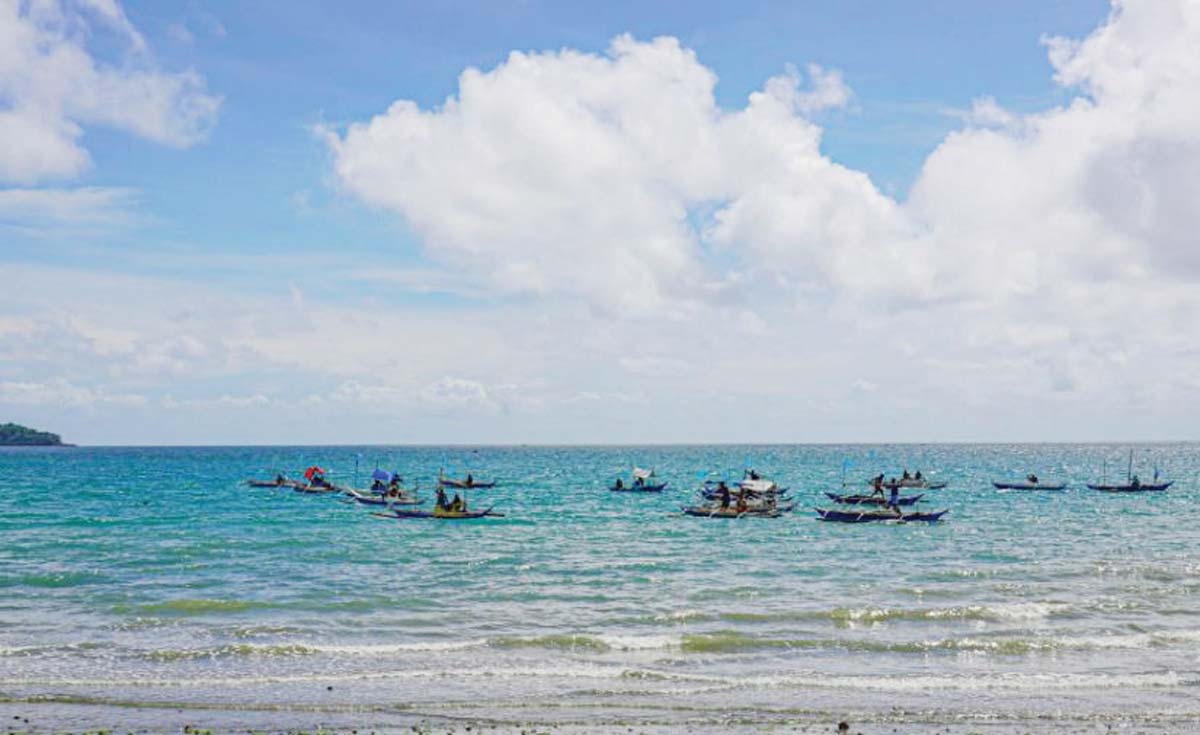
The Bureau of Fisheries and Aquatic Resources (BFAR) lifted the annual “closed season” for fishing in the Visayan Sea after three months of rest, dubbed “Pahuway sang Baybay” (rest of the sea).
Marking its 12th year since the intensified implementation in 2013, this science-based conservation measure continues to show promising results in ensuring the sustainability of key fish species, particularly sardines, herrings and mackerels, according to BFAR.
“But let’s be clear, the closed season is just one management tool. If we want true sustainability, we need a comprehensive approach, balancing conservation with production, investing in aquaculture, and ensuring that our small-scale fishers remain at the heart of our efforts,” said BFAR-6 Regional Director Remia Aparri in her message.
Aparri emphasized to the local government units (LGUs) and fisherfolk that compliance with responsible fishing practices should not be seen as a burden but as an investment in a future where there will always be fish to catch.
By allowing fish stocks to replenish during their spawning period, the initiative has contributed to improved catch sizes and short-term benefits for both small-scale and commercial fishers despite other existing illegal, unreported and unregulated fishing.
Preliminary data from the National Stock Assessment Program (NSAP) suggest signs of biological recovery, with sardine sizes showing gradual improvement over the years.
The success of the closed season is a result of strong collaboration among government agencies, local government units, and the fishing communities.
In Western Visayas, 49 joint seaborne patrols, 45 portside and market inspections, 31 landing denial operations, and 28 various information and education activities were conducted to ensure compliance.
In the process, six commercial-scale trawls and three modified Danish Seines (hulbot-hulbot) were apprehended during the three-month period.
“Our challenge to LGUs is this: Provide your fishers with support beyond fisheries, ensure they have access to health services, education and economic opportunities that will allow them to transition to more sustainable practices,” Aparri added.
While conservation remains the priority, BFAR and its partners recognize the socioeconomic challenges faced by fishing communities.
LGUs are encouraged to provide essential support services such as healthcare, education, and alternative livelihoods, to ease the economic impact of the closed season.
Additionally, BFAR is working on improving post-harvest practices, packaging and marketing support to enhance the value of products like “tabagak” and other fishery products.
The closed fishing season in the portion of the Visayan Sea was implemented from November 15, 2024 to February 15, 2025.
This period covered 25 LGUs across Iloilo, Capiz, Negros Occidental, and Cebu. (PIA-6)
